How to plant and care for sakura seeds outdoors?
The dream of many gardeners is to plant sakura on their site, to admire the pale pink cloud of flowers. And this dream is quite realizable! The correct choice of planting material and adherence to simple rules of care are the main steps towards successful cultivation.
Plant features
Sakura is a close relative of the saw cherry, a tree with a spreading one. Leaves with serrated edges are glossy, green, in spring - with a bronze tint. The bark is smooth and cracked. The wood is rich in resins, which increases the flexibility of the branches. Beautiful delicate flowers are formed on the shoots in groups of 7-9 pieces, they completely cover the thin twigs, which makes the blooming sakura look like a pink cloud.
It is interesting that Japanese scientists under the general name "sakura" understand more than 400 varieties of various representatives of Rosaceae - cherry, sweet cherry, plum, bird cherry, etc., having the shape of tall and medium-sized trees, as well as shrubs. In other words, in Japan, sakura is a plant with flowers, the petals of which are colored in various shades of pink.
Growing sakura seedlings
Not all varieties are suitable for outdoor cultivation under our climatic conditions. The choice is limited to extremely frost-resistant.
- Kanzan (small-sawn cherry) - up to 10 m high, crown diameter - up to 8 m. A profusely flowering tree with densely double, bright pink flowers that open in May.
- Kmku-Shidare (weeping cherry), the height reaches 8 m, the diameter of the irregular crown is up to 4 m. The irregularity of the crown is associated with flexible, drooping shoots. It blooms in late March and produces edible fruits.
For planting, it is preferable to buy seedlings in the fall, when the trees have shed their leaves. One-year-olds take root easier, their height is usually 65-75 cm.
The roots and branches are carefully examined:
- dry shoots should be absent;
- there should be no wounds;
- roots without swelling, rot.
Seedlings are stored until spring in a cool basement or veranda, placed in a pot or bucket. They are planted in open ground in spring.
It is preferable to plant the Japanese beauty on a gentle slope (slope up to 10 °) in the southwest direction. If the site is flat, choose a place so that the tree is evenly illuminated by the sun and protected from the wind.
Advice
Do not plant sakura in strictly southern directions - temperature drops there are more noticeable, sakura is going through them hard. Not suitable for planting and lowlands, where the tree can freeze.
The soil needs neutral (some varieties prefer slightly acidic or slightly alkaline), loamy, which does not retain moisture.
The landing algorithm is as follows.
- A landing hole with a diameter of 45 cm is prepared in advance.
- The upper fertile layer is poured separately from the lower one, which is not needed.
- The soil of the upper layer is mixed with compost or humus in equal volumes.
- The bottom of the hole is laid out with a 10-centimeter drainage layer - pebbles, expanded clay, gravel.
- Pour 2/3 of the prepared soil mixture, forming a small mound in the center.
- The seedling is lowered into the hole, making sure that the root collar remains at ground level.
- Sprinkle the remaining soil, ram it, water it.
- After the soil subsides, a new portion is poured: the seedling will take root faster if there is no air left between the roots.
Simultaneously with the landing, a support is installed. After planting, the tree is tied up. A 10-centimeter deep groove is dug around the circumference, filled with water.
How to plant sakura seeds?
You can grow your own sakura from seeds.For seed growing, experts recommend the Spire, Shidare Yoshino, Halle Olivetti varieties. They are distinguished by resistance to temperature drops down to -30 ° С.
Advice
The best times for sowing cherry blossom seeds are considered to be spring and early autumn.
Planting sakura seeds requires preliminary preparation, you cannot just sow them like grass.
Prepare seeds and substrate as follows.
- Seeds are soaked for a day in warm water (25-30 ° C) with the addition of fungicides.
- The optimal environment for the germination of sakura seeds is coarse river sand. It must be washed and disinfected - with potassium permanganate, calcining or steaming.
- The germination container should be spacious, but not too deep - 5-7 cm depth is enough for the growing root system of seedlings. Drainage holes are required.
- Fertilizers are not applied at first, the seeds contain a sufficient amount of nutrients and trace elements.
- Before planting the seeds, sand is spilled abundantly, grooves are made. Depth - 3 times the diameter of the bone.
- Seed material prepared for planting is scarified, that is, the integrity of the hard shell is violated.
Advice
Seeds are sown with a reserve, since the germination rate leaves much to be desired - only 20%.
Containers with crops are covered with foil and removed to a cold (from +2 to + 4 ° C) place for stratification. After two months, they are transferred to heat and germination is continued. The necessary conditions are a constantly moist substrate and good diffused lighting. With the appearance of sprouts, the crops are aired daily.
Seedling care
Seedlings are planted in separate pots when the first pair of true leaves begins to form. As the trees grow, they are transplanted into larger pots. Growing seedlings lasts two years, transplanting is done every 6 months, in spring and autumn. Each time, the substrate is supplemented with compost and meadow soil, gradually increasing to 2/3 of the volume (the rest is sand).
The main care for growing is regular watering and top dressing.
In winter, a young tree is given rest - it is transferred to a cool room with dim lighting. Top dressing is not applied, watering is rare and scarce.
Two-year-old trees are planted in open ground in spring, guided by the rules for planting purchased seedlings, set out above.
Cherry blossom care in the garden
Water as needed, preventing the soil from drying out. Be sure to take into account the increased moisture requirement of sakura during the period of bud swelling and flowering.
Top dressing is applied in spring and autumn per square meter of poor soil:
- organic matter (compost, humus) - 5-10 kg / year;
- mineral fertilizers (nitrogen and potassium) - 5-15 g / year.
When applying fertilizer, the initial fertility of the soil is taken into account (half the standard dose of dressings is added to the fertile one).
Advice
Before applying fertilizers, make sure that they do not contain substances that affect soil pH.
Formative pruning and removal of branches - sick, dry, broken and frozen - is carried out in early spring, until the juices begin to move. Formative pruning is not done to young (up to 4-5 years old) trees, only sanitary. All cuts are immediately processed with garden pitch.
Advice
Do not cut the branches too short, close to the trunk - they may stop growing.
Before flowering, it is recommended to spray the tree with nitrofen (200 g per 10 liters of water) as a prophylaxis for fungal diseases. Ants often appear on sakura, and to drive them away, the trunk is coated with Vaseline. An infusion of nettle or wormwood helps to prevent the spread of aphids.
The frosty winters of the Russian climate do not allow young sakura to survive without preparation. In order for the exotic beauty to safely wait for spring, the following activities are performed:
- at the end of summer, potassium and phosphorus-containing fertilizers are applied (complexes that do not contain nitrogen can be used);
- a week before the cold weather, the trunk and the grafting sites (if any) are wrapped with thick covering material, the skeletal branches are covered with agrofibre.
You can use other materials that are breathable. Non-breathable films cannot be used.
Charming sakura requires increased attention in the first years, but she thanks for the work with flowering, which will be remembered for a lifetime.
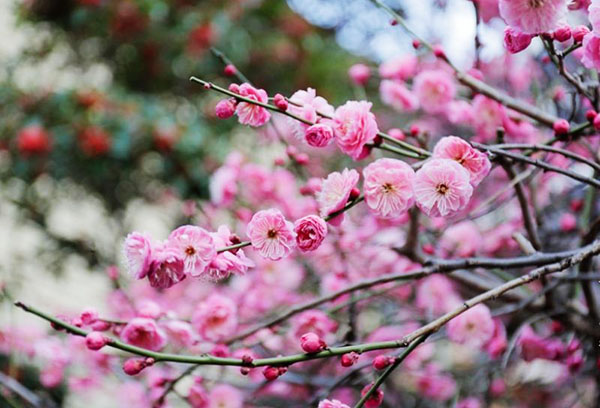


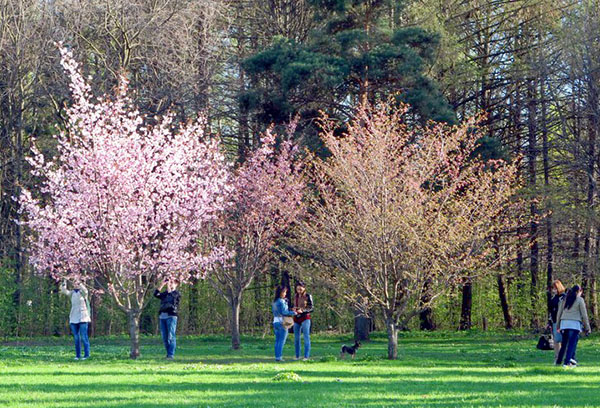
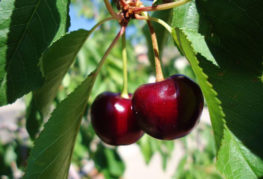
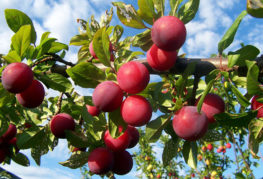
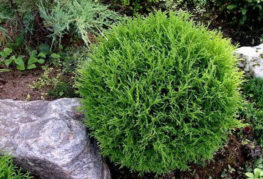

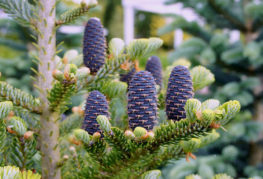
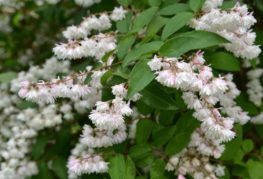
and will be published shortly.